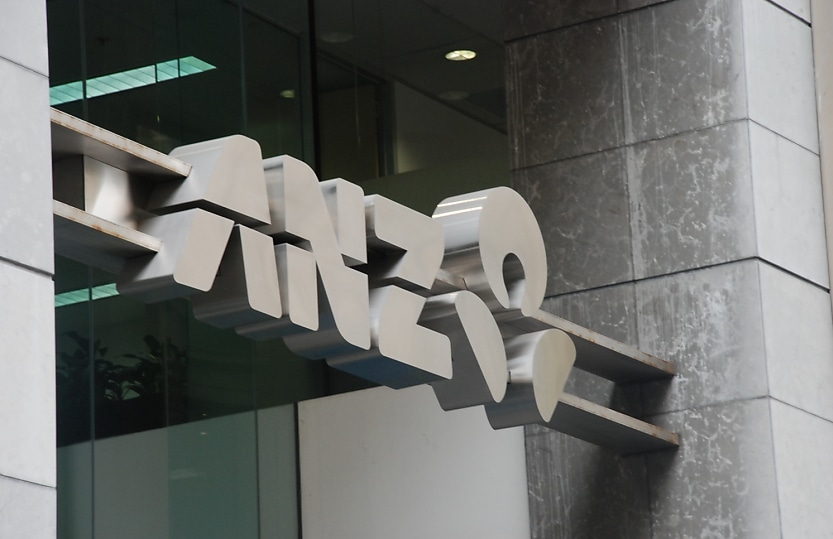Indicators point to ‘sharp fall’ in inflation expectations

Inflation may be moderating in Australia as forward-looking market indicators soften and global inflation improves, according to economists.
ANZ Australian Economics said there are increasing signs that interest rates may have peaked in Australia following good news on global inflation and increasing evidence that recent hikes are impacting consumer behaviour.
Adam Boyton Head of Australian Economics, ANZ said ANZ is predicting that 2024 will bring an extended pause with rate hikes before the RBA looks to start easing towards the end of next year, driven by a higher unemployment rate and lower inflation.
“That isn’t the only scenario, however. It’s possible but less likely a moderation in inflation and a solid labour market could boost real household incomes and spending. Combined with signs inflation is stuck above the target, the RBA could look to tighten again in 2024,” said Mr Boyton.
The RBA has now paused rates twice in the past four months.
“This downshift in action increasingly reflects the balance of forward-looking data. While the labour market remains tight, consumer unemployment expectations, business forward orders and job ads collectively suggest a modest uptrend in unemployment over the coming months,” he said.
“Anecdotal evidence and ANZ’s own spending data also suggests recent rate hikes have had an impact on consumer behaviour.”
ANZ is expecting the upcoming second-quarter consumer price index data to be largely consistent with the RBA forecasts.
“While the RBA will likely lift its wages forecasts in the coming August Statement on Monetary Policy, it may see any upside risk for consumer price inflation as having already been mitigated by the rate hike in June,” said Mr Boyton.
“Whether a single 25-basis-point rate hike is sufficient to offset that risk is the question. While individual rate hikes do matter, especially for mortgage holders, the impact of a single 25-basis-point move on an entire economy over a 12 to 18-month period is quite modest.”
Australian inflation lagging US by six months
AMP chief economist Shane Oliver said the news on inflation has continued to improve with inflation rates in key countries rolling over.
“US inflation has now fallen from 9.1 per cent year on year a year ago to 3 per cent in June,” said Dr Oliver.
This reflects a mix of supply and demand indicators which suggest a further decline.
“This reflects a combination of lower commodity prices, improved supply, lower transport costs and easing demand,” said Dr Oliver.
“Just as goods price inflation led on the way up, it’s now leading on the way down with services inflation rolling over as well. The Fed is likely to hike once more this month but the fall in inflation suggests that may be the peak with rate cuts next year.
“Australian inflation is lagging the US by 6 months, but our Australian Pipeline Inflation Indicator suggests inflation here will continue to fall.”
AMP said the RBA has started to soften its tightening bias and while rates may go up a bit more due to high services inflation, the RBA appears to be close or at the top of the rate rise cycle.
Labour markets a major influence on services inflation
The tightness of labour markets will be a critical factor for wages growth and services inflation, according to AMP.
“If wages growth accelerates too much in response to high inflation, it risks locking in high inflation with a wage-price spiral which would make it harder to get inflation down,” said Dr Oliver.
“Unemployment and underemployment are key indicators of whether this will occur or not. Both remain low in the US & Australia, putting upwards pressure on wages, but there is increasing evidence that labour markets are cooling. Wages growth is still rising in Australia with the announcement effect of faster increases in minimum and award wages adding to this, but wages growth in the US looks to have peaked.”
The longer inflation stays high, the more businesses, workers and consumers expect it to stay high and behave in ways which perpetuate it, said Dr Oliver.
“The good news is that short term (1-3 years ahead) inflation expectations have fallen sharply and longer-term inflation expectations remain in the low range they have been in for the last three decades,” he said.
“This is very different from 1980 when inflation expectations were around 10% and deep recession was required to get inflation back down.”
About the author







